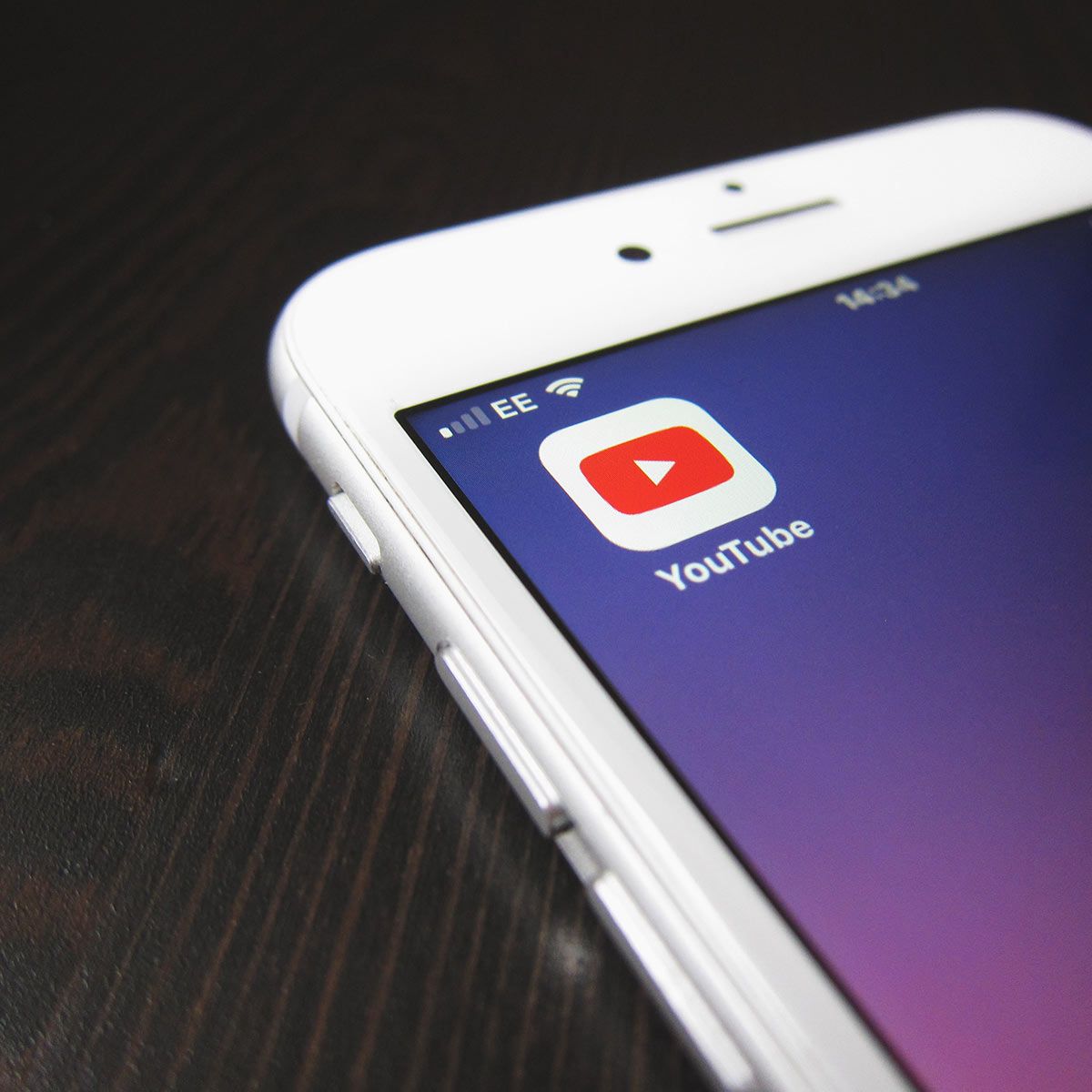
Worship in the midst of an outbreak
By Rev. David Valera & Patrick Scriven
Many faith communities are considering alternative ways of worshiping this weekend after guidance from both King and Snohomish Counties recommended canceling or postponing large gatherings of more than 50 people.
Faith communities with a practice of sharing parts or all of their worship online may feel less stressed by this, but there are still gaps that online worship can’t fill. Others may recognize this as an excellent time to experiment or jump right into some new form of online engagement.
There is no one-size-fits-all solution for faith communities when it comes to connecting with people in meaningful ways. As you make decisions, consider what would work best for the people in your community and use this as an opportunity to stretch into a new practice, perhaps one that you will embrace even after some semblance of normalcy returns.
As you move to consider new ways of worship, don’t forget that the most important contact is still person to person, even if that may need to happen in smaller groups or over the phone. Keep in mind those who may be experiencing isolation and anxiety, and consider an audit of your congregation so that those who may be especially vulnerable to this virus have the support they need.
Worship Online?
If you have access to a recent smartphone and a decent wifi connection, you have most everything you need to facilitate rudimentary streaming. While specialized gear may get you better results, most smartphones are capable of more than most people realize.
If you are going online, you have some decisions to make, which we’ve broken into four basic parts:
- What do you want to stream?
- Will it be live?
- What platform will you use?
- Do I need to think about licensing?
What do you want to stream?
Even for churches that already stream their entire service, what to stream is still a relevant question. There is a difference between recording worship in front of a congregation and trying to produce something for a web audience with no one else in the room with you. You’ve got the equipment and platform, take some time to adapt to this new situation creatively.
For churches who only share a sermon or special music currently, how will you embrace this opportunity to up your game? Is there a way to make it more interactive than just hearing a message or piece of music? We’ll get into this a bit more when we talk about platforms.
For churches who haven’t yet waded into these digital waters, this may be the perfect moment to stretch into something new. Start small. Try recording a short homily and share it on your church’s Facebook page or another social media platform you have available to you.
Will it be live?
If this isn’t something you do regularly, why make it harder? Platforms like Facebook and YouTube allow you to upload content with relative ease. Facebook even permits you to schedule and release prerecorded material as if it is live.
Unless you are planning to do something interactive, like verbally responding to questions in chat as you speak, there isn’t much to gain from working without a proverbial net. Prerecording your content allows you to do multiple takes and even a little postproduction of what you have filmed.
In any case, check out the recording tips, which you’ll find on this page.

Tips for making good online videos using just a smartphone
Inside a church or building:
- Camera – Smartphone with a good camera and lens.
- Make sure the lens is clean.
- Stabilize your phone/camera – make sure you don’t block your microphone.
- Keep the lens at eye level.
- Lighting – make sure you have adequate lighting. Find the best location in the sanctuary.
- Avoid harsh, direct lighting especially on faces.
- Try not to be constrained to the pulpit.
- It’s a great opportunity to be creative.
- Sound – test your audio by making a few short recordings, before you go live. Avoid echoes.
- Know where the mic in your camera is. You may have to remove protective casing.
- Stay within 2-4 feet from your mic/phone.
- If you have a headphone/mic for your smartphone, use it. This option can produce very good quality audio.
- Audio quality is just as important as your video. The goal is to make sure your viewers clearly understand your message.
Bonus tip to Pastor/worship leaders – Don’t take too long to introduce what you are doing.
Write down your opening and closing spiel. Make your endings smart and connected to your message. Open well and end best!
What platform will you use?
Facebook Live, Zoom, YouTube. There are dozens of possibilities. My best advice is to choose the platform you are most comfortable with that is also accessible to the majority of your congregants.
For most churches, the Facebook Live option is a good one to consider. The majority of churches already have a Facebook page and may find themselves just a couple steps away from being able to go live. It also has a flexible definition of the word “live,” allowing you to upload a message and watch along with congregation members, interacting with them and even answering questions they might pose. Contrary to what some believe, Facebook videos are available to view by people without an account, and you can embed them on a church website.
YouTube might be the platform of choice if there is a preference for something other than Facebook. It is often easier to place YouTube videos as content in other places, but social engagement might take a hit.
A compelling option if you want to do something creative and interactive is Zoom. While there are other video-conferencing platforms, Zoom is the easiest to use in my experience. The basic free account will allow you to host up to 100 participants for up to 40 minutes. The same features are available for $14.99 per month with no time limits. For a few dollars more, you can host up to 300 people.
Do I need to think about licensing?
It depends on what you intend to stream, but the short answer is yes if you are planning to include live or prerecorded music.
In the U.S., churches have a copyright exemption that allows the performance and display of copywritten work of a religious nature during religious services. If you read that carefully, the exemption is pretty narrow, and it is understood that it does not permit the broadcast of those works online live or recorded. Stanford University is one excellent resource for additional info on copyright.
If you intend to stream music, and you don’t want to limit yourself to the greatest hits of the 19th century, the solution is a streaming license. The WorshipCast Streaming license offered by CCS covers a range of songs, CCLI offers a solution as well as an add-on to their basic licensing. Each covers some things that the other doesn’t as far as the use of content goes. This document captures some of the differences.

Got questions?
We hope that you find this resource helpful as you adapt to the situation we are facing. As you discern the best practices for you, remember that there is a wealth of information on many of these topics, just a short Google-search away. If you’ve got questions, send them to communications@greaternw.org, and we’ll try to answer them.
Finally, remember that you are a part of a connectional church. If pulling off an online service isn’t going to work for you, reach out to one of your colleagues, and encourage your congregants to join you online at their church.